Haibo Gao
Predicting Terrain Mechanical Properties in Sight for Planetary Rovers with Semantic Clues
Nov 03, 2020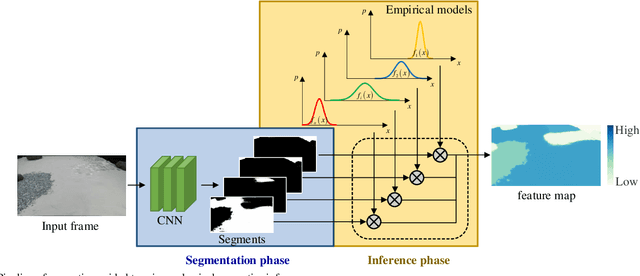
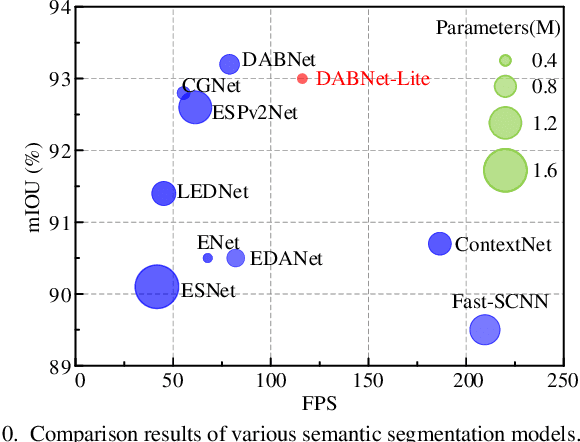
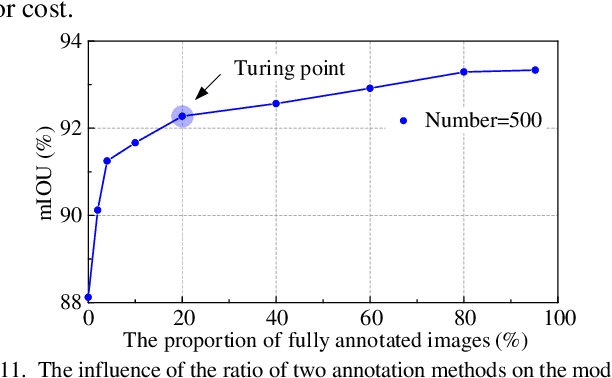

Abstract:Non-geometric mobility hazards such as rover slippage and sinkage posing great challenges to costly planetary missions are closely related to the mechanical properties of terrain. In-situ proprioceptive processes for rovers to estimate terrain mechanical properties need to experience different slip as well as sinkage and are helpless to untraversed regions. This paper proposes to predict terrain mechanical properties with vision in the distance, which expands the sensing range to the whole view and can partly halt potential slippage and sinkage hazards in the planning stage. A semantic-based method is designed to predict bearing and shearing properties of terrain in two stages connected with semantic clues. The former segmentation phase segments terrain with a light-weighted network promising to be applied onboard with competitive 93% accuracy and high recall rate over 96%, while the latter inference phase predicts terrain properties in a quantitative manner based on human-like inference principles. The prediction results in several test routes are 12.5% and 10.8% in full-scale error and help to plan appropriate strategies to avoid suffering non-geometric hazards.
Fault Tolerant Free Gait and Footstep Planning for Hexapod Robot Based on Monte-Carlo Tree
Jun 16, 2020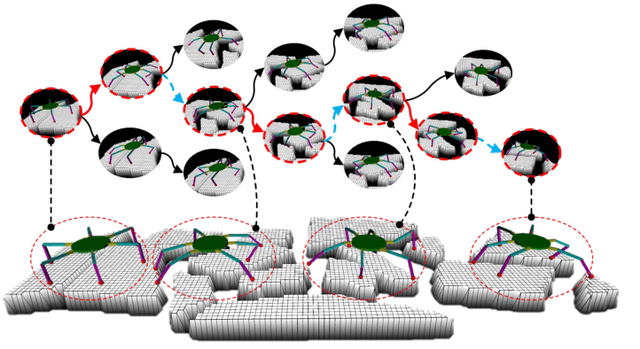
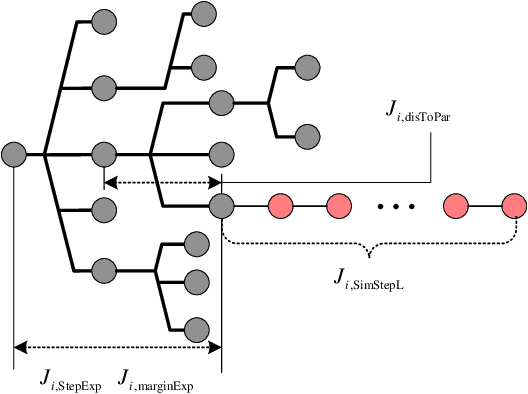
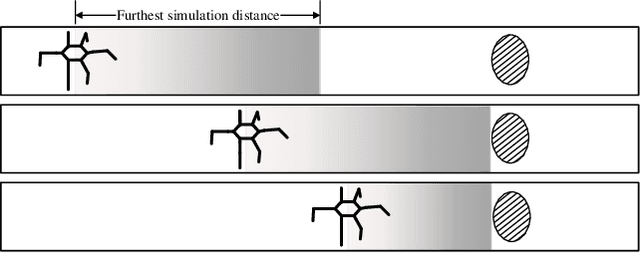
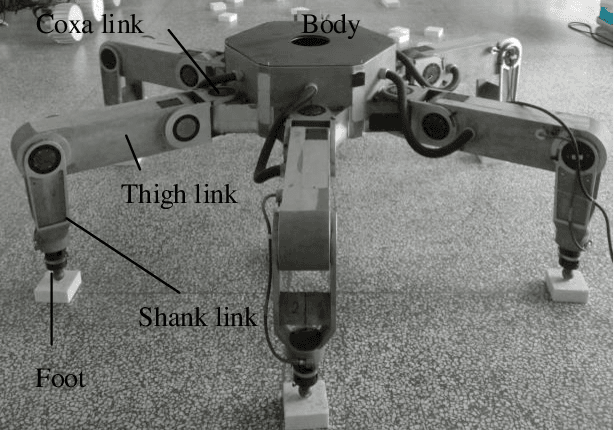
Abstract:Legged robots can pass through complex field environments by selecting gaits and discrete footholds carefully. Traditional methods plan gait and foothold separately and treat them as the single-step optimal process. However, such processing causes its poor passability in a sparse foothold environment. This paper novelly proposes a coordinative planning method for hexapod robots that regards the planning of gait and foothold as a sequence optimization problem with the consideration of dealing with the harshness of the environment as leg fault. The Monte Carlo tree search algorithm(MCTS) is used to optimize the entire sequence. Two methods, FastMCTS, and SlidingMCTS are proposed to solve some defeats of the standard MCTS applicating in the field of legged robot planning. The proposed planning algorithm combines the fault-tolerant gait method to improve the passability of the algorithm. Finally, compared with other planning methods, experiments on terrains with different densities of footholds and artificially-designed challenging terrain are carried out to verify our methods. All results show that the proposed method dramatically improves the hexapod robot's ability to pass through sparse footholds environment.
RGBD-based Parameter Extraction for Door Opening Tasks with Human Assists in Nuclear Rescue
Oct 16, 2016



Abstract:The ability to open a door is essential for robots to perform home-serving and rescuing tasks. A substantial problem is to obtain the necessary parameters such as the width of the door and the length of the handle. Many researchers utilize computer vision techniques to extract the parameters automatically which lead to fine but not very stable results because of the complexity of the environment. We propose a method that utilizes an RGBD sensor and a GUI for users to 'point' at the target region with a mouse to acquire 3D information. Algorithms that can extract important parameters from the selected points are designed. To avoid large internal force induced by the misalignment of the robot orientation and the normal of the door plane, we design a module that can compute the normal of the plane by pointing at three non-collinear points and then drive the robot to the desired orientation. We carried out experiments on real robot. The result shows that the designed GUI and algorithms can help find the necessary parameters stably and get the robot prepared for further operations.
 Add to Chrome
Add to Chrome Add to Firefox
Add to Firefox Add to Edge
Add to Edge